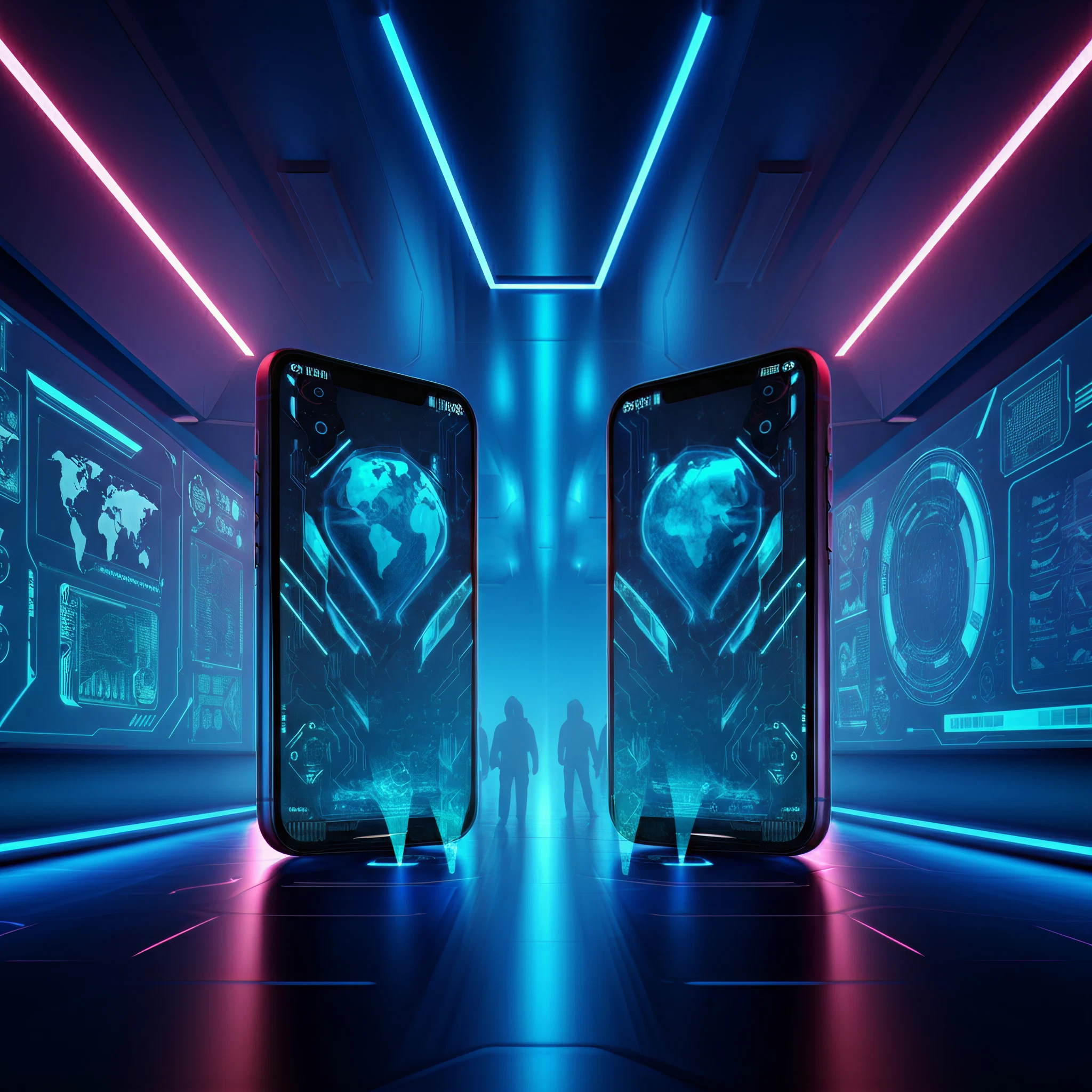The stage is set for what might become the most intense smartphone rivalry in 2025. Titans of the tech world, Apple, Samsung, and Google, are preparing to showcase game-changing innovations, making this a battle of features, performance, and ecosystems. With each brand bringing their own flair to smartphone technology, here’s a breakdown of why this rivalry has everyone talking.
Key Features Defining the Rivalry
1. AI Integration and Capabilities
Artificial Intelligence will take center stage in 2025’s devices.
- Apple is rumored to supercharge Siri with more natural language processing capabilities, making it smarter and more intuitive.
- Google, the reigning king of AI with its Assistant, may expand its on-device AI functionality, ensuring tasks like translating, scheduling, and personal assistance happen seamlessly.
- Samsung could leverage its close ties with AI hardware and software, potentially making Bixby a more competitive voice assistant.
The focus isn’t simply on bigger features, but on personalized and predictive experiences at your fingertips.
2. Cutting-Edge Camera Technology
Cameras have always been a fierce battleground.
- Apple could refine its computational photography with advanced AI post-processing that delivers lifelike colors and pinpoint detail, especially in low-light environments.
- Samsung, known for its striking colors and hardware upgrades, is tipped to bring 200MP main sensors paired with professional-grade zoom capabilities.
- Google, as the pioneer of software-driven photography, might deliver revolutionary upgrades to its Pixel lineup with sharper details and AI-powered editing for next-level photo quality.
Who will win? It depends on whether consumers prioritize hardware innovation or AI-driven enhancements.
3. Stunning Display Advancements
The competition for the best screen quality ramps up every year.
- Displays featuring foldability are expected to dominate, with Samsung leading the race. Their Galaxy Z Flip and Fold series continue to push boundaries with smoother hinges and larger cover screens.
- Apple might finally reveal its entry into the foldable space, introducing a device with a ProMotion foldable display boasting a 120Hz refresh rate.
- Google, steadily advancing in OLED technology, is poised to offer sharper, ultra-vivid displays, perfect for streaming lovers.
Expect these brands to compete heavily on both foldability and ultra-high refresh rates.
4. Ecosystem and Cross-Device Capabilities
No longer is a smartphone just a standalone device; how well it plays with your other gadgets matters.
- Apple has long been the champion of seamless ecosystem connectivity. Continuity between the iPhone, iPad, Mac, and Apple Watch is set to grow even more robust.
- Google’s integration of Android with Chromebook and Nest products simplifies life for tech-savvy users.
- Samsung’s SmartThings platform and continued focus on One UI improvements should tighten their grip on cross-device functionality.
The battle for ecosystem supremacy is all about which can deliver the smoothest, hassle-free experience.
5. Speed and Connectivity Enhancements with 5G
With 5G already here, what’s next?
The brands are looking to push speeds even further with 5G Advanced networks. These advancements will enable lightning-fast downloads, lag-free gaming, and seamless augmented reality experiences. Expect all three giants to redefine what “connected” means.
The Brands in Action
Apple
2025 could see Apple expanding its design boundaries by entering the foldable market. Their focus remains clear: effortless user experience, secure privacy, and industry-leading build quality.
Samsung
The Galaxy lineup, especially its flip and foldable devices, remains at the forefront of innovation. Samsung continues to dominate the conversation around versatile displays and unbeatable hardware customizations.
Primed with its AI expertise, Google’s Pixel series is an underdog that punches above its weight class. Expect them to bet big on AI-driven photography and on-device intelligence.
The Year of Smarter Rivalry
This rivalry isn’t about who adds the most gimmicks or flashy features. It’s about crafting devices that genuinely elevate how we live and work. From AI integration to foldable screens, Apple, Samsung, and Google are gearing up to take their devices to unprecedented heights.








